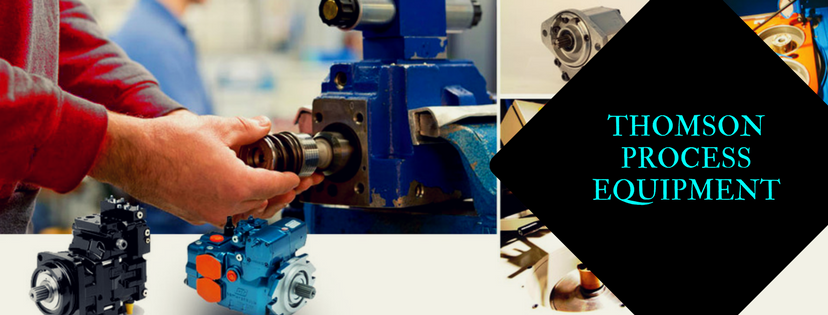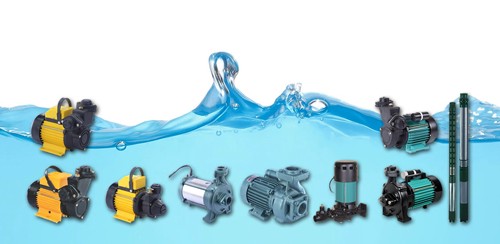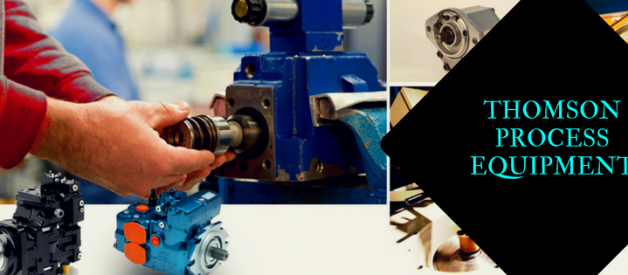
There is a wide range of positive displacement pumps available out there, each with its own benefits and specific usage.
Positive displacement pump or PDP is a type of pump in which a certain amount of fluid is captured inside the cavity, and then discharge the same. This displacement of fluid takes is done by plunger, piston, diaphragm etc. depending on the type of the pump. Some equipment have expanding cavity at the suction side and/or a decreasing cavity at the discharge side. The liquid is taken in the form of suction through the inlet side when the cavity expands, and discharges it when the cavity decreases.

Types of Positive Displacement Pumps
There are two different types of pumps, positive displacement and centrifugal. Now, PDPs is a form of Viking pump which can be further categorised into three different formats.
? Rotary? Reciprocating? Linear
These three types include several mechanism of pumps that are implemented by specific industries.
Rotary Pump: ? Gear Pump? Screw Pump? Rotary Vane
Reciprocating Pump: ? Plunger Pump? Piston Pump? Diaphragm Pump? Circumferential Piston Pump
Linear Pump: ? Rope Pump ? Chain Pump
Defining Rotary Types
In this type, the fluid is moved with the help of a rotary. The rotation of the rotary displaces the fluid from the reservoir to the discharging pipe. Some of the common examples are: internal gear, screw pump, flexible or sliding vane, flexible impeller, circumferential pump, helical twisted roots, etc.
Defining Reciprocating Types
In this type of pump, the reciprocating part (which moves backward and forward) helps the fluid to move forward from the reservoir. The reciprocating parts can be a plunger, piston or diaphragm. The pump contains several valves including inlet and outlet ones. During the suction process of liquid, the inlets open and the outlets remain closed. The opposite happens during discharge of the liquid.
As the piston moves to the right, the cavity expands and the fluid is sucked into the cavity.
Defining Linear Types
In this type of pump, the displacement of the fluid takes place linearly, which means in a straight line. Rope pumps and chain pumps are the examples of these types. In a linear pump, calibration is not required. The model of the pump is set in a static location. However, volume is a factor in these pumps. Due to the piston retraction in the cavity, linear pumps create a lot of noise and thus, must be installed faraway from living spaces.
Positive displacement pump has a huge benefit with a range of differentiation in pumps. Hire a professional installer to understand your requirement and get the appropriate pump for your business.


